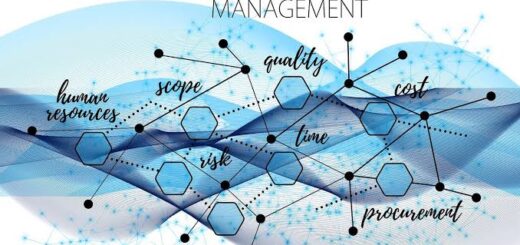Human resources in a changing environment Management
Human resources in a changing environment Management

Scholars suggest that the organizations of the future will be very loosely organized, if not completely unstructured. It will be flexible, entrepreneurial, innovative, borderless and a ‘learning organisation’. The term ‘post-modern’ is sometimes used to describe such an organization. The days of command and control machine bureaucracies are numbered.
This development exerts a strong pressure on the permanentCosts have been increasing, due to rising labor cost rates and, in some countries, better employee protection through government legislation. Therefore, companies are concerned about minimizing the number of direct long-term employees. Ways of doing this include using primary and secondary labor markets within the firm, employing people on short-term contracts, using agency staff, self-employment.Awarding contracts to individuals (who can perform the work at home), subcontracting work to small firms. This results in the ‘centre-periphery’ model organization structure. Other pressure on firms to adopt a ‘centre-periphery’ structure may come from technological developments. For example, in some high-tech industries, tasks are so complex that self-contained work units are used extensively. Other technological developments in information technologyThere is increasing availability. Organization of the future – The organization of the future will take many forms.
There will undoubtedly continue to be monolithic organizations, mechanistically structured, producing standardized goods for fixed markets. In which cost minimization through economy of scale and tight management control will be important criteria for success. But there will be a range of other organizational types which are based on contractual and managerial arrangements.Will be related to each other in many ways by mixing. An important fact is that those already working will be doing similar work or will be employed in similar organizations. Organizational change and development have become a part of working life.
Globalization and the elimination of trade restrictions and the continuous development and inventions in new technology have significantly changed the industrial and financial sectors. lifetime careerTo be has become obsolete. Studies by the OECD show that the average number of years people have been employed with an employer is about 13 years in the US, UK, Australia and Canada. Trends in the US and England suggest that this average length of time is likely to decline rapidly as fewer workers are offered permanent jobs. This trend is reflected in the changing organizational structures.A small central group of permanent, full-time staff, often trained professionals, technicians and managers, is supported by a flexible network of contracted specialists and short-term and temporary workers.It is done by work force.
As organizations restructure, human resources reduce in quantity but increase in quality and value in terms of organizational effectiveness. these valuable resourcesto invest in the development of Justification is made. Organizational downsizing – It is a fact that organizational downsizing has become a prevalent business strategy. Decline in performance mandates downsizing. Also, firms that are more flexible, more responsive or less bureaucratic are resorting to work format elimination to gain the advantages of smaller organizations.
There are two types of downsizing – centripetaldown sizing and reoriented down sizing. Centripetal downsizing involves shrinking the organization without making significant changes to its strategic direction. These are budget-driven efforts to reduce costs. The result is that members are able to do ‘the same thing for less’. Reorientation, on the other hand, involves both quantitative and qualitative changes. Reorientation includes plans to reduce overheadsAre there. Reorientation is often stimulated by: long-term dislocation in the environment resulting from the introduction of a new technology, the entry of a new form of competition, or dramatic changes in relevant political or economic conditions.
Organizational downsizing has a profound impact on organizational structure. Future Workers – The occupational composition of the workforce is changing rapidly and is expected to continue to change.Is. There is going to be a continuous decline in jobs in human professions whereas in 2000 A.D. The projected growth is expected to be concentrated in managerial and professional occupations, which will account for approximately two-thirds of the new jobs created. There is also evidence of a clear trend among employers in their move towards cost-effectiveness towards greater use of flexible working formats, thereby bringing greater coordination between workforce provision and job needs.Mail will be possible. The expectations and aspirations of employees have also changed as a result of organizational and environmental changes in which they work. There is evidence that traditional career structures of bureaucratic organizations with clearly defined pay and grade systems are becoming increasingly unattractive to job seekers. Because there is no longer job security, other benefits become increasingly importantAre.


